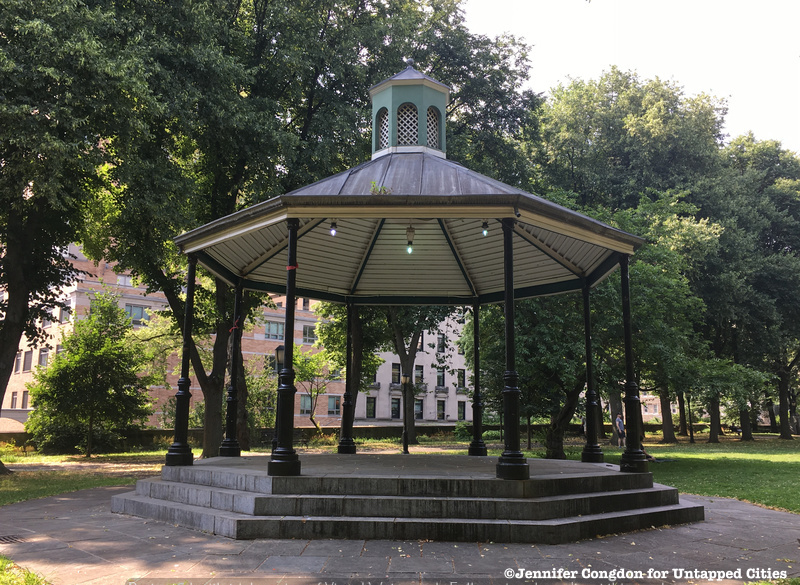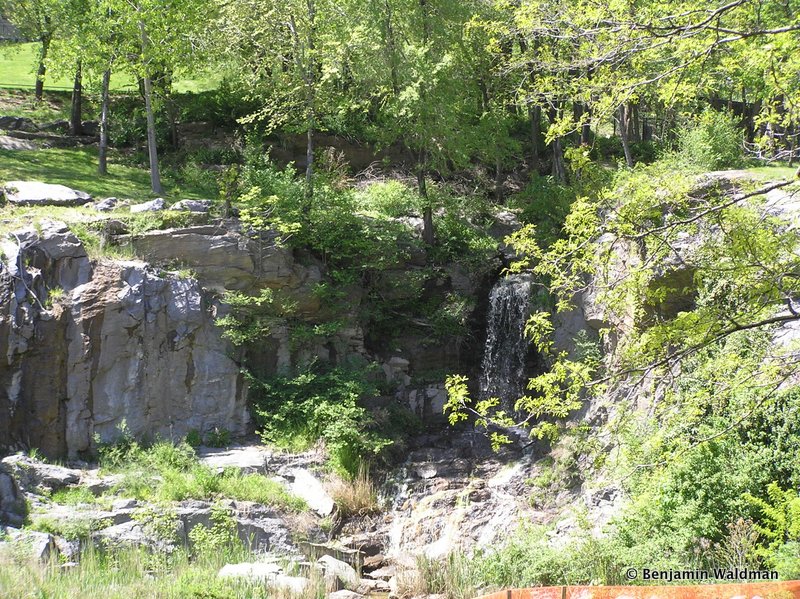Parks
Sakura Park

Just north of Riverside Church, there is a relatively inconspicuous flight of stairs that leads to Sakura Park. An idyllic stretch of green and brown, Sakura Park is an offshoot of Riverside Park, and it is located in between Claremont and Riverside Drive. It takes its name from the 2,500 cherry trees that New York City received from Japan in 1912 as a gift from the Committee of Japanese Residents of New York. The original shipment of the trees, sent out in 1909, was lost at sea, but four years later the trees finally arrived and were planted in Riverside and Sakura Park.
The park’s landscaping was financed by John D. Rockefeller, who owned the land in the 1930s and commissioned Frederick Law Olmstead, Jr. to turn the park into the elegant space that it remains today.
The park has several statues, including one of General Daniel Adams Butterfield, which was specifically designed to face Grant’s Tomb. Butterfield was the Assistant Treasurer of the United States during Grant’s presidency and the Civil War.
The Original Manhattan Schist Underneath Morningside Park

Towards the East Side is Morningside Park, a stretch of greenery that separates Morningside Heights from the greater Harlem area. The park was proposed in 1867 and completed in 1895. Most of it is located on a cliff of Manhattan schist, the geographic foundation of New York City; the kind found in Morningside Park formed over 30 million years ago. Glacial outcroppings are still visible all over the park, including underneath the foundation of PS 36.
In 1960, Columbia University attempted to build a gym in Morningside Park, and planned to install separate east and west entrances that would effectively separate the university from Harlem. After occupying the park and classrooms and shutting down the university for several weeks, activist groups successfully stopped construction. In 1981, a group of students founded Friends of Morningside Park, and since then have worked towards its rehabilitation.





